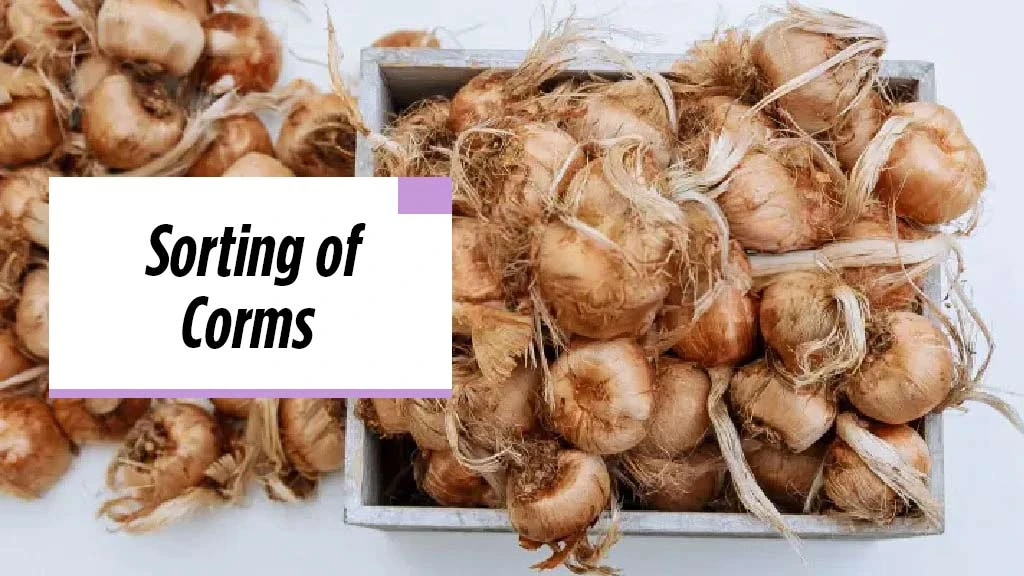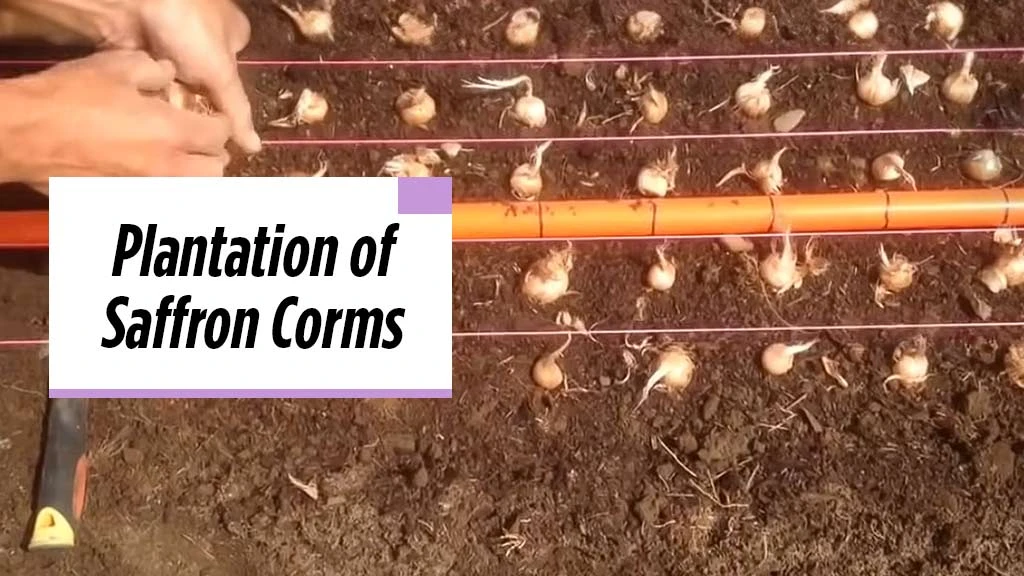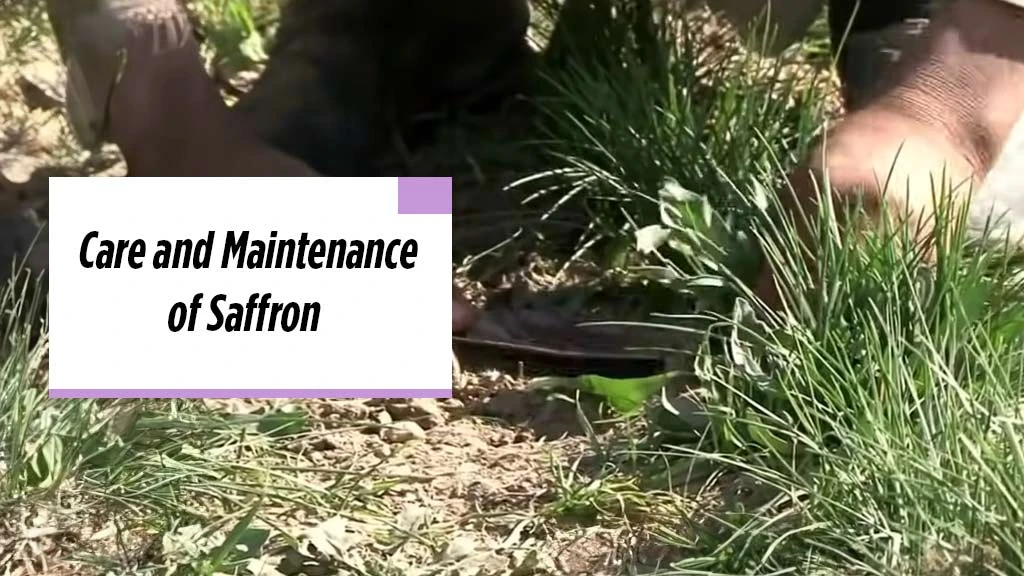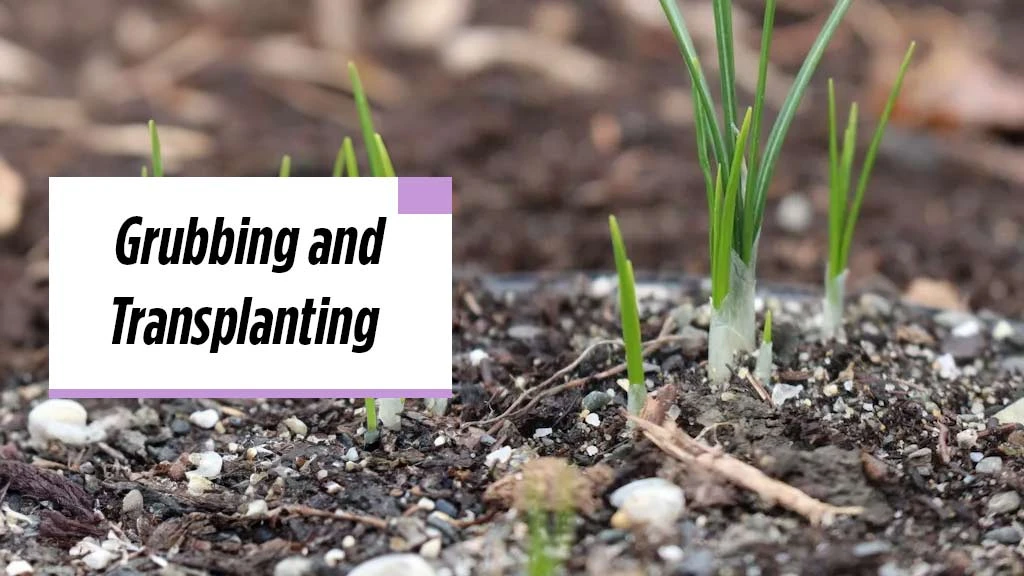Saffron Farming in India: How to Grow Kesar to Earn Maximum Profit

Table of Contents
- Introduction
- Saffron Farming in India
- What are the Uses of Saffron?
- Cultivation of Saffron: How to Grow Kesar?
- Conclusion
Introduction
Saffron is commonly known as Kesar in India. It is obtained from blossoms of Crocus sativus. It is a perennial, bulbous crop that grows 15-20 cm tall. Saffron has a vibrant colour and is popular for its rich fragrance and taste. It is always high in demand due to its use in different food items and various health benefits.
Saffron Farming in India
India ranks second in the list of top saffron-producing countries. We contribute to 7% of global production. Want to know where is saffron grown? The best saffron in India is grown in Jammu & Kashmir. Kesar farming is mainly concentrated in districts like Srinagar, Budgam, Kishtwar and Pulwama. The saffron production in Kashmir increased from 15 metric tons in 2021 to 16.3 metric tons in 2022.
If the soil and climatic conditions are favourable, kesar farming in India can become a highly profitable business for you.
What are the Uses of Saffron?
The saffron crop is precious because of its extremely high price in the global market. It is a natural spice that has a host of uses for everyone:
- Saffron easily replaces synthetic food additives. It acts as a colouring and flavouring agent for several items, including milk sweets and Mughlai cuisine.
- It is also used in perfumeries for aroma and in the form of a fabric dye.
- It contains crocin, which makes it rich in antioxidants. Thus, saffron can help alleviate mild depression.
- It has been observed that saffron stigmas and petals have several health benefits. It helps regulate glucose, blood sugar and insulin levels. Saffron also has ayurvedic solutions to treat arthritis, infertility and liver enlargement.
Cultivation of Saffron: How to Grow Saffron?
Kesar farming in India can fetch farmers a lot of money if they cultivate top-notch varieties. The main Kesar varieties cultivated in Kashmir are:
- Lacha
- Crème
- Aquilla
If you are wondering how to grow kesar, check out the following steps. Also, you can use them to learn how to grow saffron indoors.
Soil and Climate Requirement

One of the first key steps is to select the right type of soil for the cultivation of saffron. Saffron crops grow well in fertile soil that is well-drained and loamy. It is preferred not to go with the heavy, clayey soil. Also, the soil must be slightly alkaline, with a pH level between 6.3 and 8.3.
The ideal saffron growing conditions include arid, semi-arid and temperate areas. Saffron grows and flowers the best in temperatures between 20.9°C and 27.8 °C. Growing saffron indoors demands the container to be kept at 21°C.
Sorting of Corms

A saffron bulb can be considered as a seed of saffron. It is important to check the size of the bulbs. A larger bulb flowers more and in a better way in the first planting year. Corm size and flower production are directly related, thus large corms of over 8 grams are best suited for higher saffron production. Use a willow basket to take out corms and dry them in shade for 15 to 20 minutes.
Integrated Nutrient Management (INM) is necessary to improve productivity of saffron. It involves use of key nutrients with the help of commercial fertilisers and organic manure. You can use inorganic fertilisers like Nitrogen, Phosphorus and Potassium in the ratio of 90:60:50. 10 tons of farmyard manure can be used per hectare. Apply 25 kg of vermicompost for every hectare.
Corm Treatment

Corms are treated to prevent fungal infection in the saffron crop. The ideal practice is to cultivate the crop under shorter planting cycle of 4 to 5 years. You must plant healthy corms that do not have rot and lesions. You can prepare a fungicidal suspension by mixing 150 g of Mancozeb 75 WP and 50 g of carbendizime 50 WP in 50 litres of water. Dip the graded saffron corms in this suspension for 5 to 10 minutes.
Plantation of Saffron Corms

Saffron bulbs are usually planted in the months of June – July. Also, August and September are suitable for certain regions. The flowering happens in October. A shorter planting cycle of 4 to 5 years is considered ideal. You should till the soil for deep ploughing of soil via bullock-drawn plough and planking. You can mechanise this operation with tractors and suitable ploughs and harrows.
You need to dig pits that are 12-15 cm deep. The inter-plant spacing has to be around 10 cm. The bulbs are directly planted into pits for efficient saffron cultivation. If you want to grow saffron indoors, dig 8-13 cm deep holes in a pot. A minimum of 10 cm spacing must be ensured.
Correct spacing is important to provide adequate space for each plant to grow without interference from neighbouring plants.
Irrigation

Regular watering is essential during the growth phase. However, overwatering can rot the bulbs, so water the plant when the topsoil layer turns dry. The good practice involves sprinkler irrigation (7 lac litres per hectare) for accelerated root growth and post-flowering vegetative and corm multiplication. First seven irrigations are important for faster growth and flowering.
Care and Maintenance of Saffron

Saffron plants do not like shade and prefer full sunlight. A minimum of 8 to 12 hours of direct sunlight is required for a high yield.
Hoeing is necessary for good soil aeration. Also, sufficient air circulation around the plants facilitates healthy growth by preventing fungal diseases. A fine tilth soil guarantee development of sprouts.
Mulching is among the best practices to control the growth of weeds. Sawdust mulch can be used for this process. The key benefits of mulching include prevention of weed growth, regulation of soil temperature and soil moisture retention.
Frost damage is another issue for saffron cultivation. It can be avoided by using a frost cloth or mulch. This method will guarantee the healthy survival of saffron plants.
Protecting Saffron from Wildlife

Saffron farming attracts the attention of wild animals, mainly porcupines, deer and birds. A fence can be erected around the saffron field to protect this high-value crop. Mice and voles do not like strong-smelling crops like garlic, which can be planted around the saffron plantation area. Ultrasonic sounds can also drive pest animals away as ground vibrations scare them.
To control rodents, a burrow fumigator is considered highly efficient. Porcupines are a significant threat to saffron farming in Kashmir. As per the National Saffron Mission members, iris plants are a rodent repellent that can be planted in the field. However, the issue still remains a challenge for saffron growers.
Harvesting of Saffron

Many farmers have queries regarding how to harvest saffron. The flowering of saffron plants takes place between October and mid-November. The period of intense flowering is known as blanket days, lasting for seven days. The best time to harvest is when the sun is not too hot. It ensures saffron stigmas of top quality.
Ideally, you can use your fingernails to cut the flowers early in the morning. The bright red stigmas have to be plucked carefully and gently from the centre part of the flowers. This is important because stigmas can get easily damaged during harvesting.
The stigma separation should be done within 10 to 12 hours of flower picking so that there is maximum pistil recovery. This is why harvesting of saffron is a labour-intensive process.
Stripping and Drying of Saffron

The saffron from flowers has to be appropriately processed to maximise productivity. Only the red portion of the stigmas makes up the finest saffron. After stripping the stigmas from the saffron flowers, place them on a tray in an area that is well-ventilated.
The stigmas have to be dried naturally for 5-6 days. Monitor and turn them regularly to avoid fungal growth via even drying. You can dry saffron at 40-50°C in solar dryers or hot air dryers for 4-7 hours. Then, they are stored in airtight containers. 1 kilo of saffron is obtained from crushing over a lakh of saffron flowers. Thus, the price of saffron is extremely high worldwide.
Grubbing and Transplanting

Grubbing involves the separation of daughter corms to be stored for future planting seasons. As the saffron bulbs multiply rapidly, they lack space to grow properly over the years. Thus, they have to be removed from the ground and transplanted into a new field.
Bulbs should not be left in the open ground for more than two consecutive years. The best practice is to transplant them when the leaves turn fully withered and brown. After removing the bulbs, you need to dry and clean them. Then, sort them based on their sizes. Store them at 20°C to 27 °C to provide sufficient warmth to bulbs.
Conclusion
Saffron farming will be successful only when you pay attention to detail and adopt suitable management practices. You can obtain a healthy and high yield if you follow the steps mentioned above to cultivate saffron. Patience is the key to saffron cultivation, as it takes several years and serious efforts to grow high-quality saffron.
Frequently Asked Questions On Saffron Farming in India: How to Grow Kesar to Earn Maximum Profit
1. What is saffron?
Saffron is a perennial, bulbous crop that is famous for its rich fragrance and taste.
2. How to grow saffron?
You can grow saffron both indoors and on the field by planting saffron bulbs in pits that are 8-15 cm deep.
3. How do you identify the original saffron?
To identify the original saffron, put a few saffron strands in hot water (70-80 degrees). Pure saffron will release its colour slowly, while the unadulterated one will release it immediately.
4. Why is saffron so expensive?
Saffron is expensive because harvesting it is a highly laborious task, and a small amount is harvested from each plant.
5. Which is the only state in India that produces saffron?
Jammu & Kashmir grows the most saffron in India.
6. What are the benefits of saffron?
Saffron has several health benefits, including reducing stress and regulating glucose, blood sugar and insulin levels.


Related Blogs












